
Powiedz znajomym o tym przedmiocie:
L'oeuvre
Emile Zola
Zamówione z odległego magazynu
Również dostępne jako:
- Paperback Book (2016) zł 85,90
- Paperback Book (2014) zł 86,90
- Paperback Book (2016) zł 106,90
- Paperback Book (2015) zł 108,90
- Paperback Book (2018) zł 108,90
- Paperback Book (2017) zł 108,90
- Paperback Book (2018) zł 133,90
- Paperback Book (2018) zł 154,90
- Paperback Book (2016) zł 163,90
- Paperback Book (2018) zł 167,90
-
Paperback BookFrench edition(2012) zł 196,90
-
Hardcover BookFrench edition(2012) zł 265,90
L'oeuvre
Emile Zola
L'oeuvre is the fourteenth novel in the Rougon-Macquart series by Émile Zola. It was first serialized in the periodical Gil Blas beginning in December 1885 before being published in novel form by Charpentier in 1886. The title, translated literally as "The Work" (as in work of art), is often rendered in English as The Masterpiece or His Masterpiece. It refers to the struggles of theprotagonist Claude Lantier to paint a great work reflecting his talent and genius. L'oeuvre is a fictional account of Zola's friendship with Paul Cézanne and a fairly accurate portrayal of the Parisian art world in the mid 19th century. Zola and Cézanne grew up together in Aix-en-Provence, the model for Zola's Plassans, where Claude Lantier is born and receives his education. Like Cézanne, Claude Lantier is a revolutionary artist whose work is misunderstood by an art-going public hidebound by traditional subjects, techniques and representations. Many of the characteristics ascribed to Claude Lantier are a compound taken from the lives of several impressionist painters including Claude Monet, Édouard Manet, as well as Paul Cézanne. Zola's self-portrait can be seen in the character of the novelist Pierre Sandoz. The book is often blamed for ending the friendship between Cézanne and Zola. The story of a groundbreaking artist unable to live up to his potential must have seemed intensely personal to Cézanne; no correspondence exists between the two after a letter in which Cézanne thanks Zola for sending him the novel. The novel covers about 15 years, ending in 1870. Besides depicting the bohemian art world of 19th-century Paris, L'oeuvre explores the rise of Realism, Naturalism andImpressionism in painting. Zola also looks at contemporary sculpture, literature, architecture, music and journalism, as well as the commodification of art. In creating his portrayal of the Parisian art world Zola includes several characters who are composites of real-life art world related figures; artists, writers, art dealers, and friends that he knew. L'oeuvre was translated into English by Ernest A. Vizetelly in 1886 (reprinted by Barnes & Noble in 2006); other translations have appeared since. One of the most readily accessible is that by Thomas Walton (1957), revised in 1993 for Oxford World's Classics.
| Media | Książki Paperback Book (Książka z miękką okładką i klejonym grzbietem) |
| Wydane | 6 września 2016 |
| ISBN13 | 9781537527147 |
| Wydawcy | Createspace Independent Publishing Platf |
| Strony | 282 |
| Wymiary | 152 × 229 × 15 mm · 381 g |
| Język | French |
Więcej od Emile Zola
Inni również kupili
Więcej z tej serii
Zobacz wszystko od Emile Zola ( np. Paperback Book , Hardcover Book , Book , CD i Sewn Spine Book )






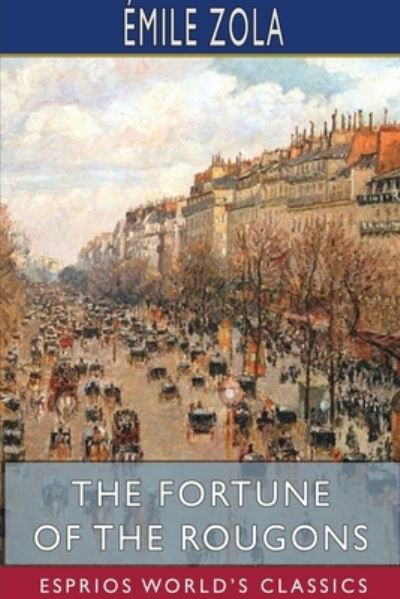




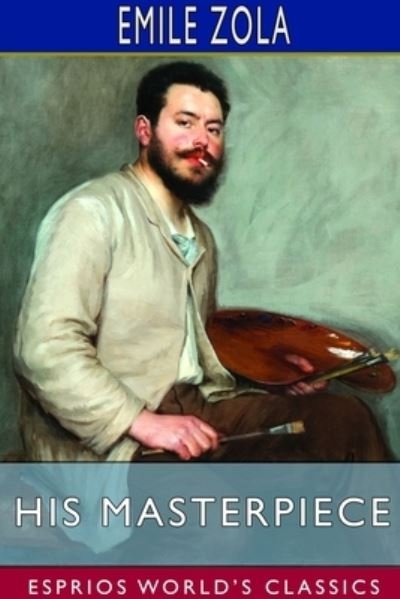




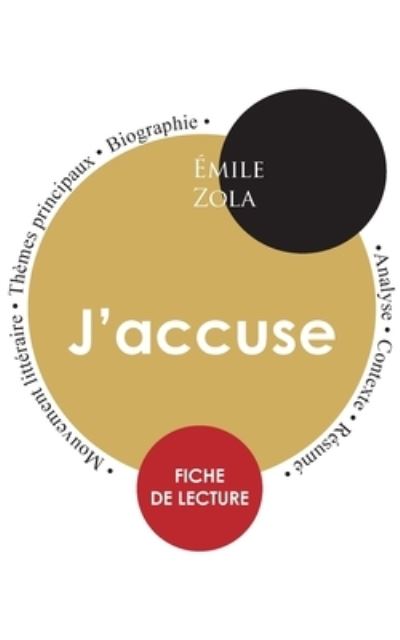

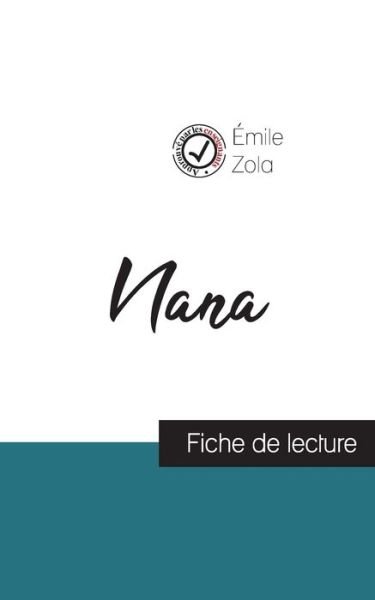

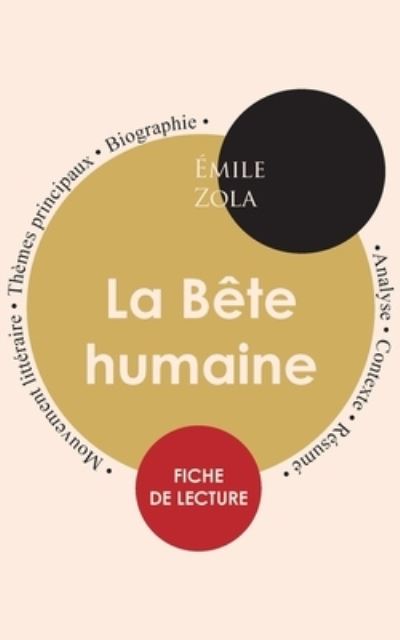
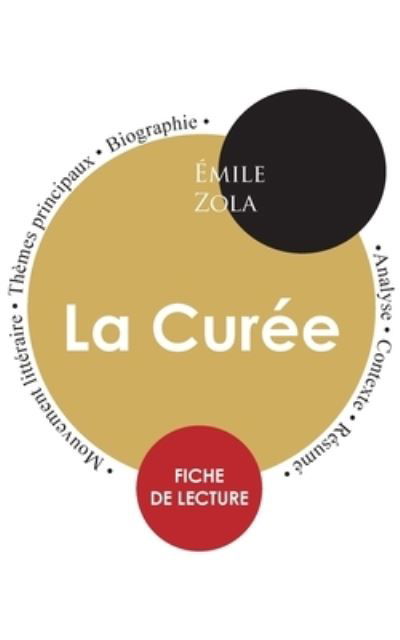
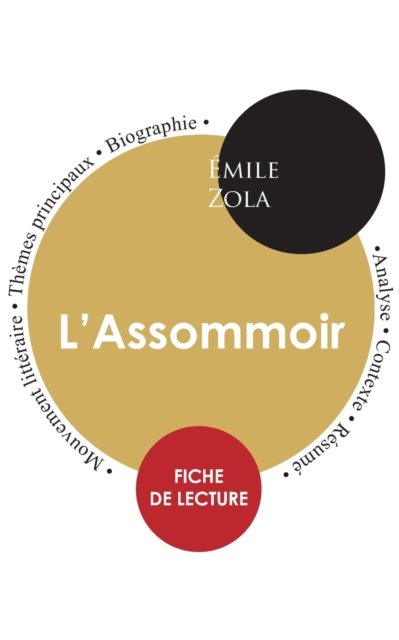

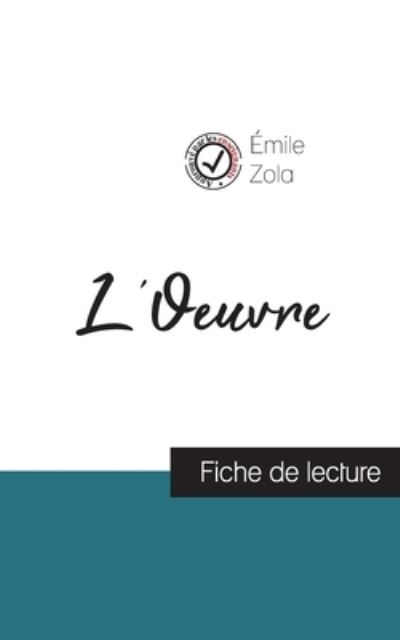
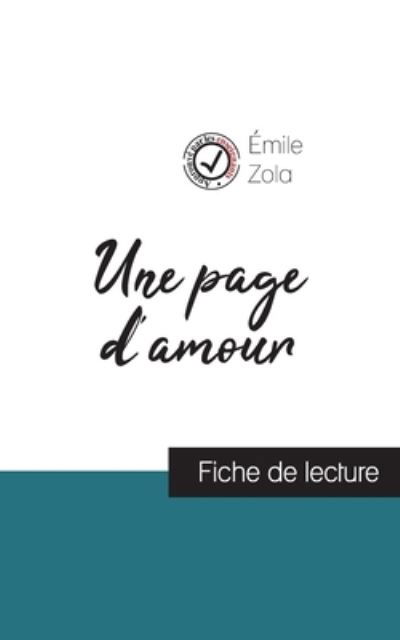
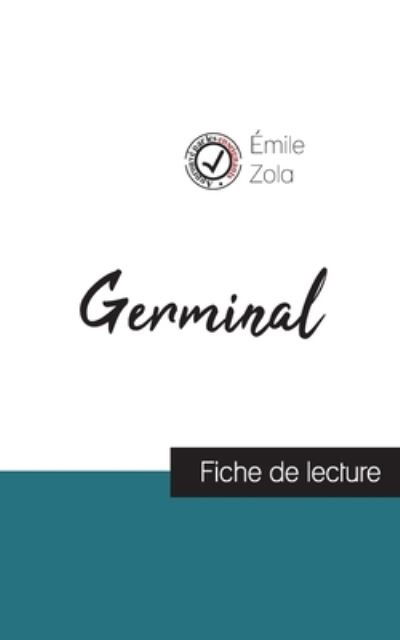
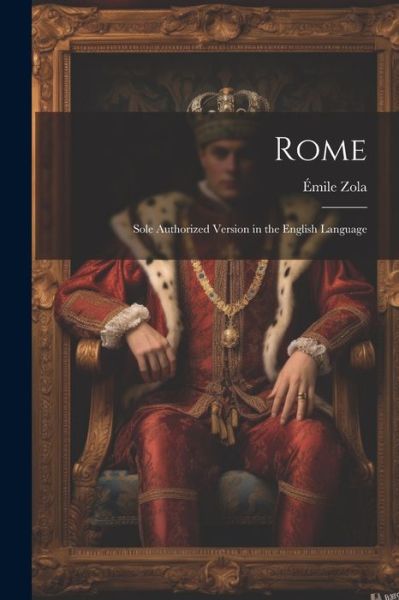
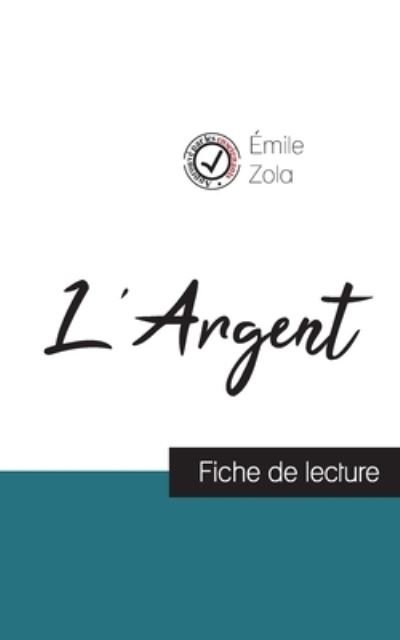
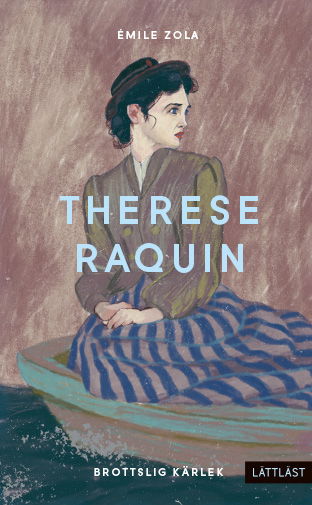

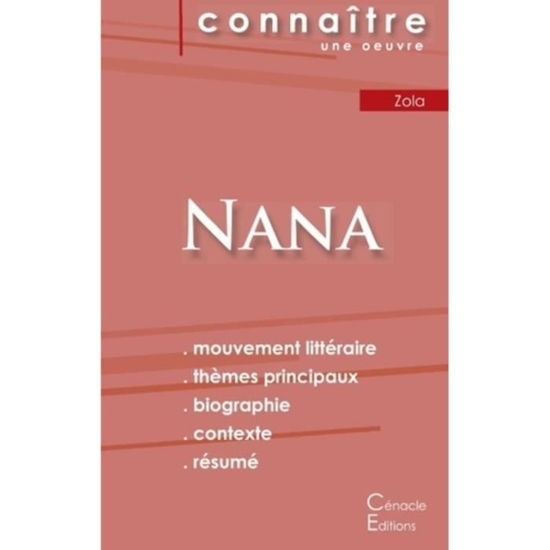

![Cover for Anthony Bourdain · A Cook's Tour (Paperback Book) [New edition] (2002)](https://imusic.b-cdn.net/images/item/original/217/9780747558217.jpg?anthony-bourdain-2002-a-cook-s-tour-paperback-book&class=scaled&v=1398946702)
![Cover for Paulo Coelho · Elleve Minutter (Paperback Book) [1. wydanie] [Paperback] (2012)](https://imusic.b-cdn.net/images/item/original/628/9788771160628.jpg?paulo-coelho-2012-elleve-minutter-paperback-book&class=scaled&v=1448207174)
![Cover for Lev Tolstoj · Kreutzersonaten (Sewn Spine Book) [1. wydanie] (2016)](https://imusic.b-cdn.net/images/item/original/187/9788771830187.jpg?lev-tolstoj-2016-kreutzersonaten-sewn-spine-book&class=scaled&v=1448093534)

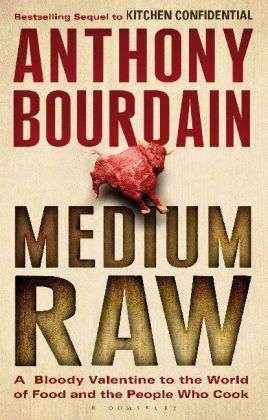
![Cover for Catherine Millet · The Sexual Life of Catherine M. - Serpent's Tail Classics (Paperback Book) [Main - Classic edition] (2014)](https://imusic.b-cdn.net/images/item/original/628/9781846689628.jpg?catherine-millet-2014-the-sexual-life-of-catherine-m-serpent-s-tail-classics-paperback-book&class=scaled&v=1604039449)
![Cover for Camilla Grebe · Velkommen til evigheden (Bound Book) [1. wydanie] (2022)](https://imusic.b-cdn.net/images/item/original/911/9788711996911.jpg?camilla-grebe-2022-velkommen-til-evigheden-bound-book&class=scaled&v=1648707356)
![Cover for Émile Zola · L'oeuvre (Tredition Classics) (French Edition) (Paperback Book) [French edition] (2012)](https://imusic.b-cdn.net/images/item/original/655/9783849134655.jpg?emile-zola-2012-l-oeuvre-tredition-classics-french-edition-paperback-book&class=scaled&v=1564137223)